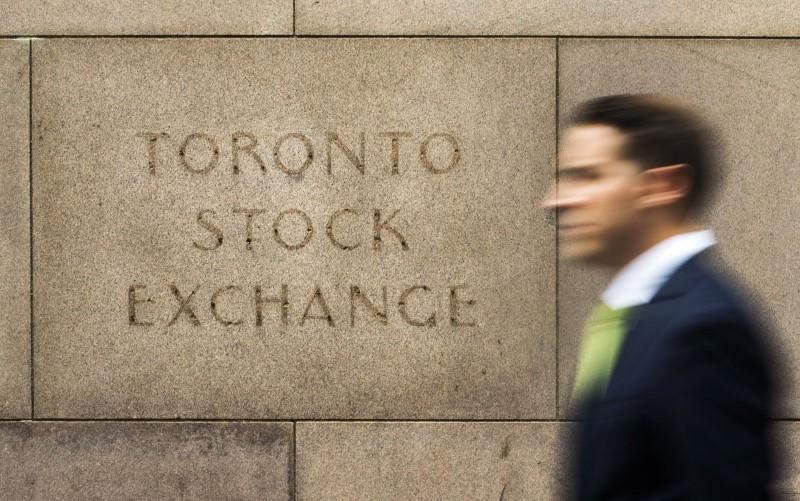The Bank of Canada says the United States’ tariffs pose a threat to global economic stability and could reduce growth and increase unemployment in Canada.
In the event of prolonged U.S. tariffs, and Canada’s subsequent counter-tariffs, the trade war could increase the risks to Canadian financial stability by hurting banks and other institutions while making it more difficult for households and businesses to manage their debt loads, the Bank of Canada said in its latest Financial Stability Report (FSR).





